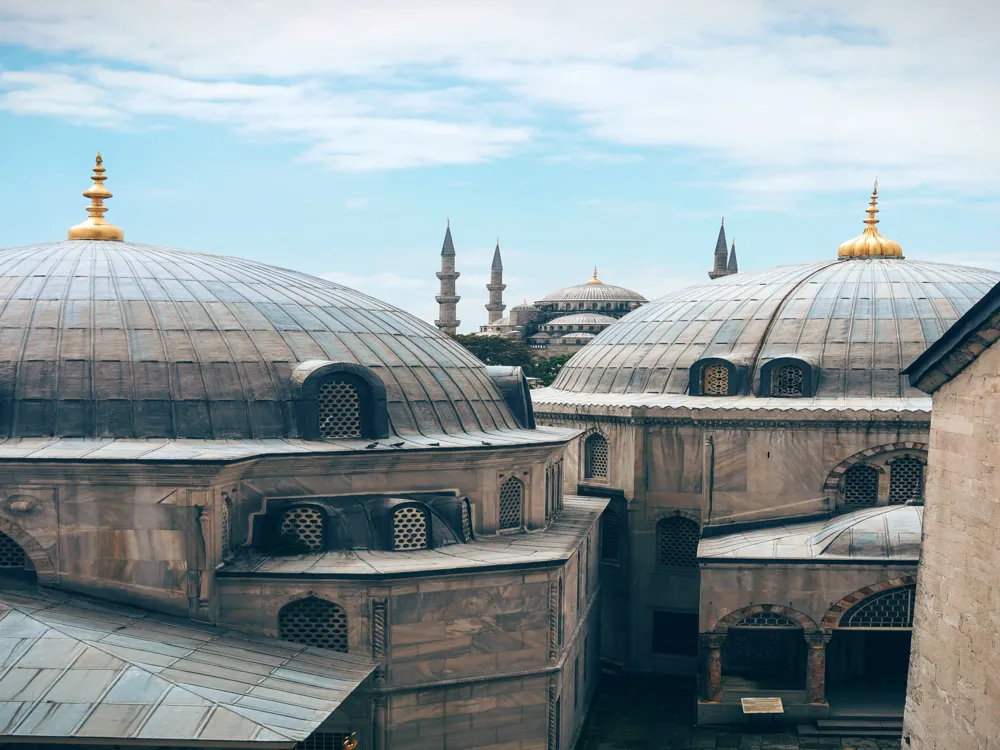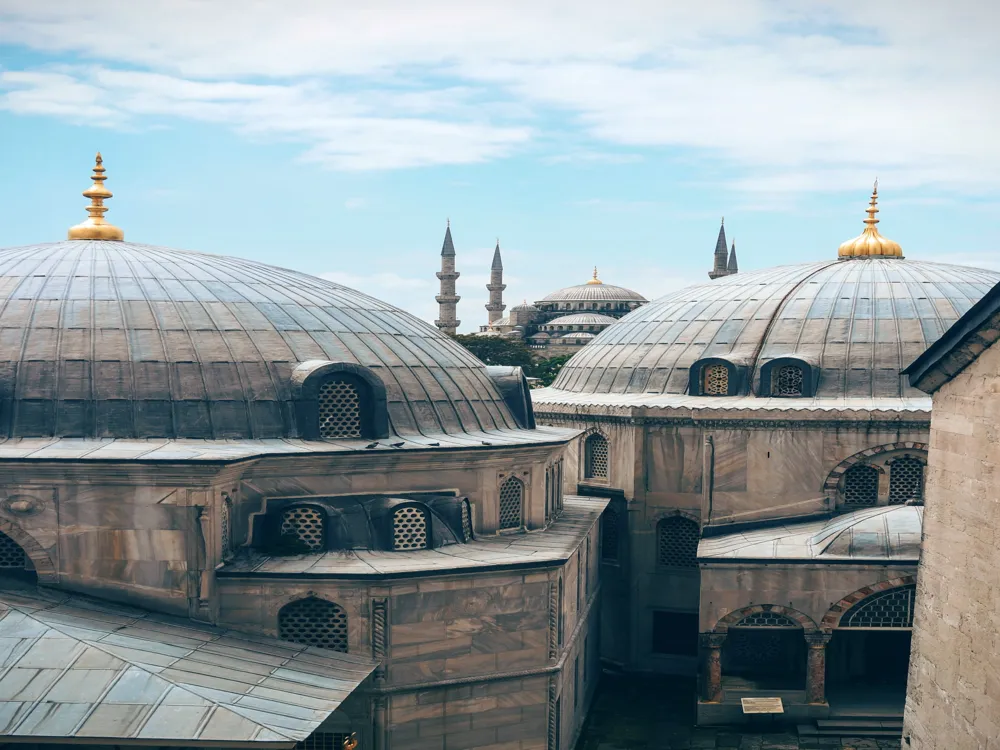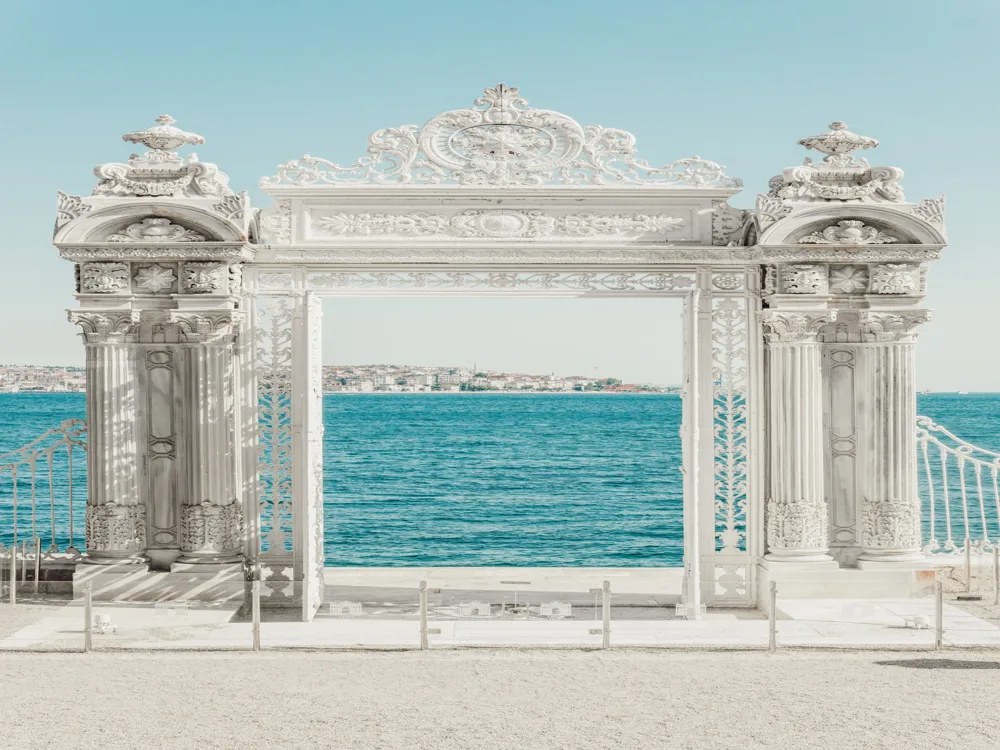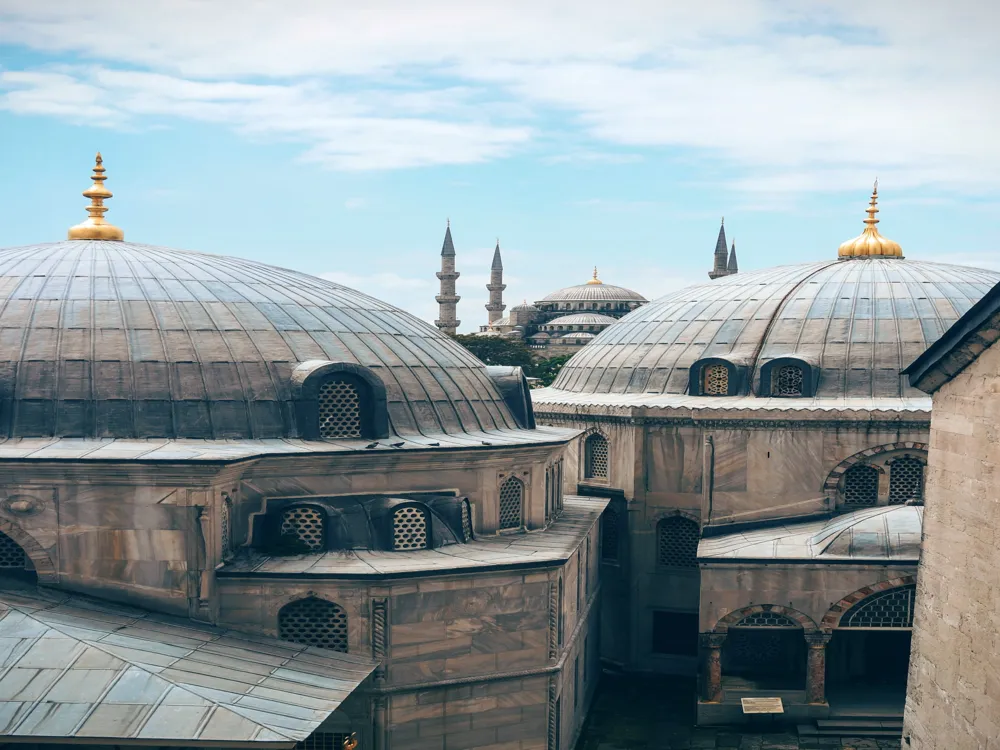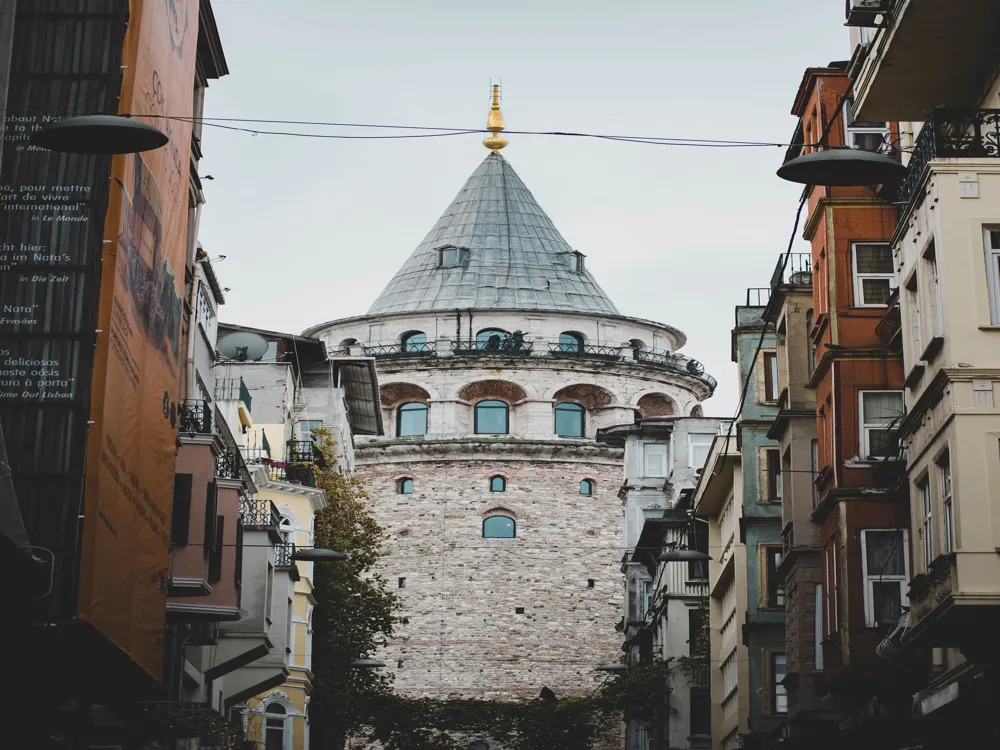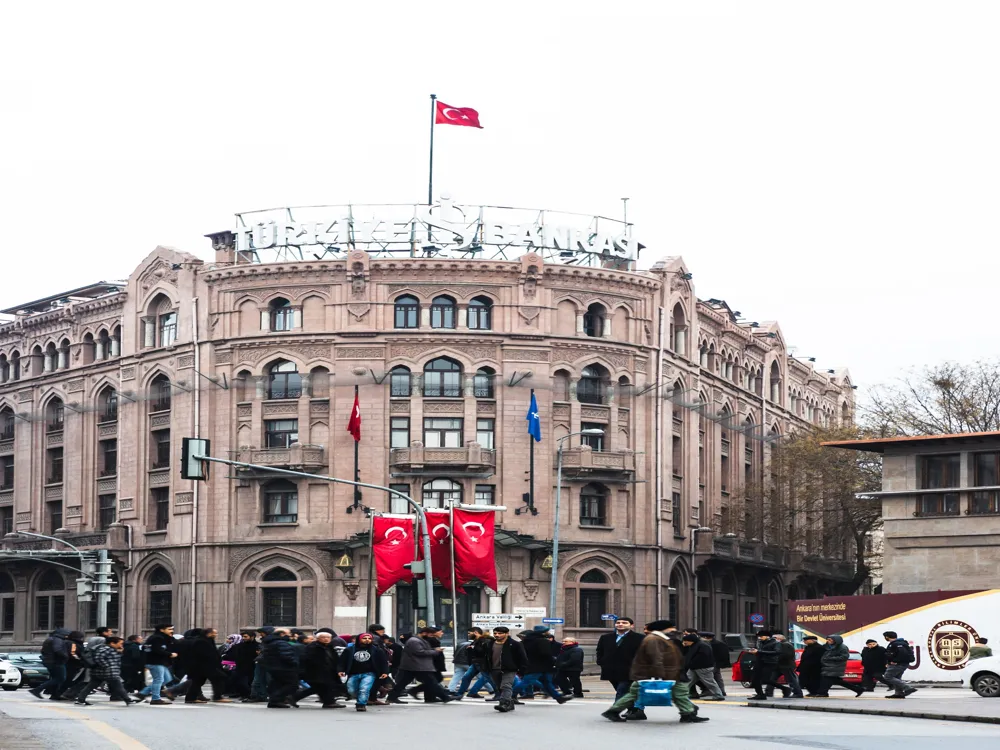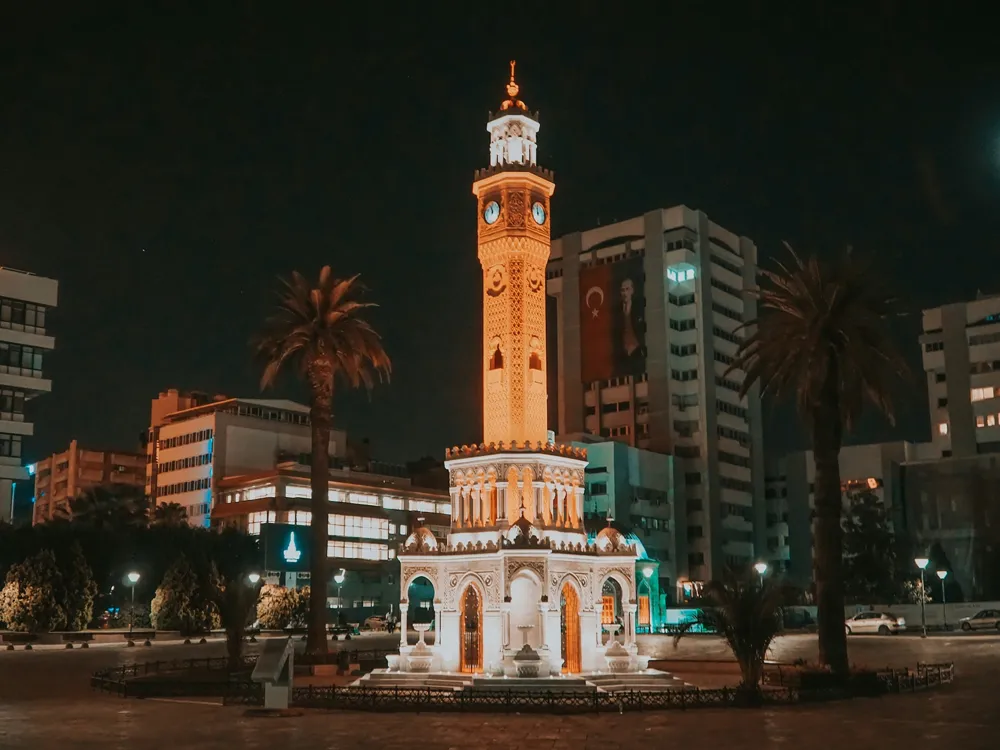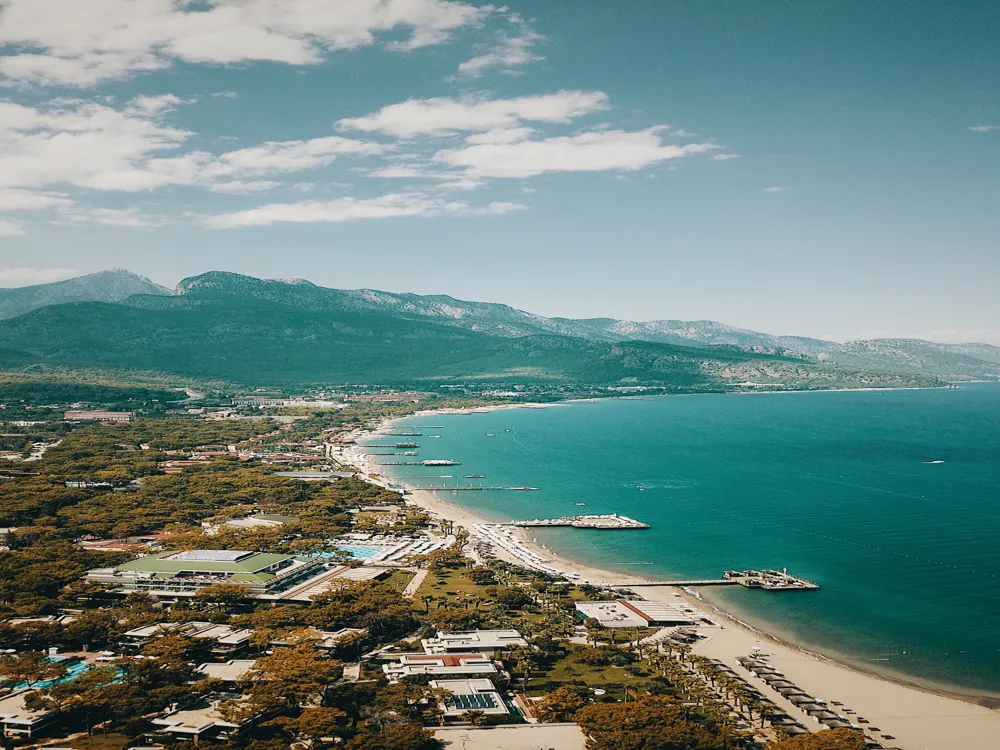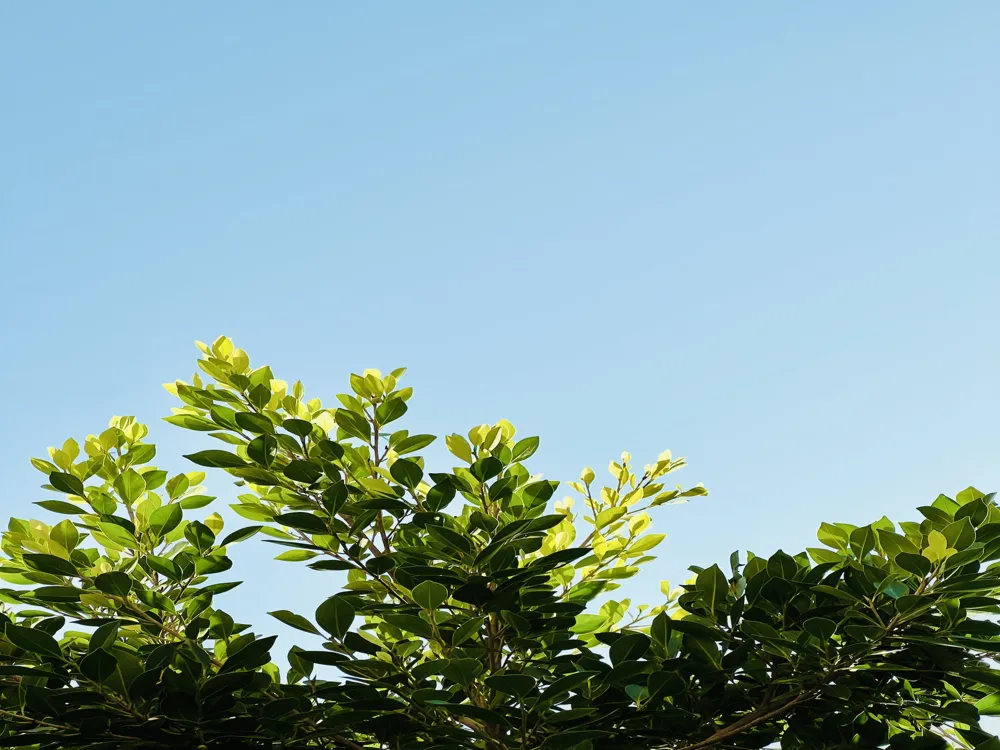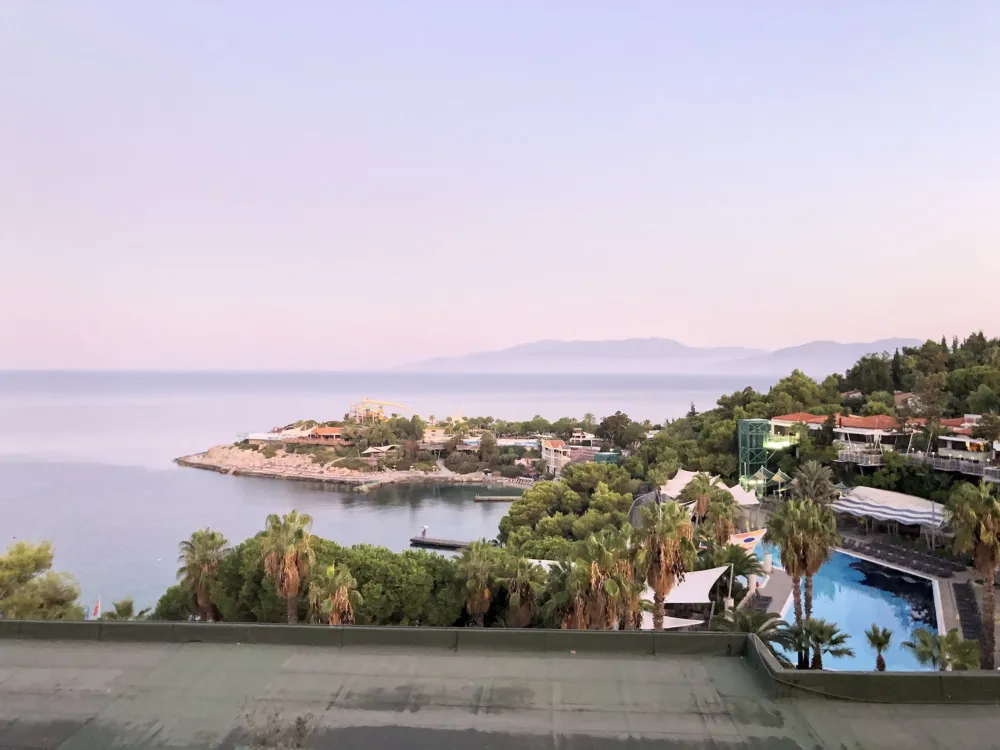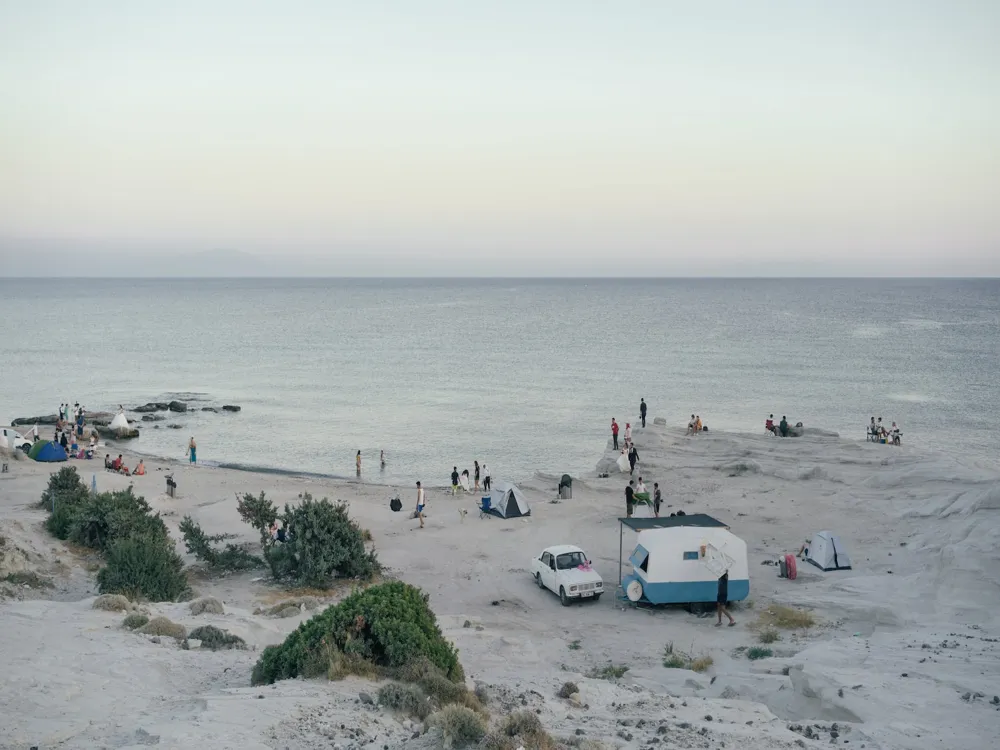The Museum of Turkish and Islamic Arts in Istanbul stands as a splendid testament to the rich tapestry of Turkish and Islamic art, history, and culture. Located in the historic Sultanahmet district, the museum is housed in the 16th-century palace of İbrahim Paşa, a grand vizier to Suleiman the Magnificent. This museum, inaugurated in 1914, offers a journey through the opulent world of Islamic art, featuring an extensive collection that spans over a thousand years of history. The collection includes a myriad of artifacts that represent various periods and regions of the Islamic world. One can marvel at the intricate carpets, which are among the museum's highlights, including the world-famous Uşak carpets of the 16th and 17th centuries. Additionally, the museum boasts an impressive collection of illuminated Qur'ans, manuscripts, wood carvings, metalwork, ceramics, and ethnographic displays. Each artifact in the museum tells a story, reflecting the artistic prowess and cultural richness of the Islamic world. Visitors to the museum can also explore the thematic exhibitions that offer deeper insights into specific aspects of Turkish and Islamic arts and culture. These exhibits change periodically, ensuring that there is always something new to discover. The museum's architecture, a blend of Ottoman and modern styles, provides an ideal backdrop for these treasures, making a visit to the museum a holistic cultural experience. The Museum of Turkish and Islamic Arts is not just about its impressive collection; its architecture is a marvel in itself. Housed in the former palace of İbrahim Paşa, the museum's architecture is a fine example of Ottoman civil architecture. The building has undergone several restorations over the years to preserve its historical and architectural value. The museum's structure reflects the grandeur of the Ottoman period, with its spacious courtyards, elegant arches, and intricate tile work. The palace, built in 1524, showcases a blend of Islamic and Turkish architectural elements. The harmonious integration of the palace with the surrounding historical context of the Sultanahmet area adds to its charm and significance. As visitors wander through the museum's rooms, they encounter a seamless fusion of historical and contemporary elements. Modern displays and lighting techniques are thoughtfully integrated into the historic setting, creating a unique ambiance that enhances the viewing experience of the artifacts. The museum's layout, designed to guide visitors through a chronological journey, allows for an immersive exploration of the development of Turkish and Islamic arts. Before visiting the Museum of Turkish and Islamic Arts, it's advisable to check the museum's official website for the latest information on opening hours and ticket prices. Consider visiting during off-peak hours to avoid crowds. For a more enriching experience, consider joining a guided tour. These tours, often led by knowledgeable guides, provide deeper insights into the collections and the history of the museum. Photography is generally allowed in the museum, but it's important to check for any specific restrictions, such as flash photography, which is often prohibited to protect the artifacts. While there is no strict dress code, visitors are encouraged to dress respectfully. Also, maintaining a quiet demeanor inside the museum is appreciated as it is a place of historical and cultural reverence. The museum is accessible to visitors with disabilities. There are facilities such as ramps and elevators to ensure a comfortable visit for everyone. The Museum of Turkish and Islamic Arts is located in the Sultanahmet area of Istanbul, which is well connected by various modes of transportation. The easiest way to reach the museum is by tram; the Sultanahmet tram stop is a short walk away from the museum. Visitors can also opt for a taxi or a private vehicle, though parking in the area can be limited. For those staying in Istanbul, the museum is within walking distance from many major hotels and tourist attractions in the historic peninsula. Read More:Overview of the Museum of Turkish and Islamic Arts, Istanbul
Architecture of the Museum of Turkish and Islamic Arts
Tips When Visiting the Museum of Turkish and Islamic Arts
Planning Your Visit
Guided Tours
Photography Policies
Dress Code and Etiquette
Accessibility
How to Reach the Museum of Turkish and Islamic Arts
Museum of Turkish and Islamic Arts
Istanbul
₹ 27,999 onwards
View istanbul Packages
Weather :
Tags : Museum
Timings : Summer: 9:00 AM - 7:30 PM
Winter: 9:00 AM - 5:30 PM
Entry Fees : TL 60
Planning a Trip? Ask Your Question
Also Refered As:
Turkish and Islamic Arts Museum
Istanbul Travel Packages
View All Packages For Istanbul
Top Hotel Collections for Istanbul

Private Pool

Luxury Hotels

5-Star Hotels

Pet Friendly
Top Hotels Near Istanbul
Other Top Ranking Places In Istanbul
View All Places To Visit In istanbul
View istanbul Packages
Weather :
Tags : Museum
Timings : Summer: 9:00 AM - 7:30 PM
Winter: 9:00 AM - 5:30 PM
Entry Fees : TL 60
Planning a Trip? Ask Your Question
Also Refered As:
Turkish and Islamic Arts Museum
Istanbul Travel Packages
View All Packages For Istanbul
Top Hotel Collections for Istanbul

Private Pool

Luxury Hotels

5-Star Hotels

Pet Friendly







